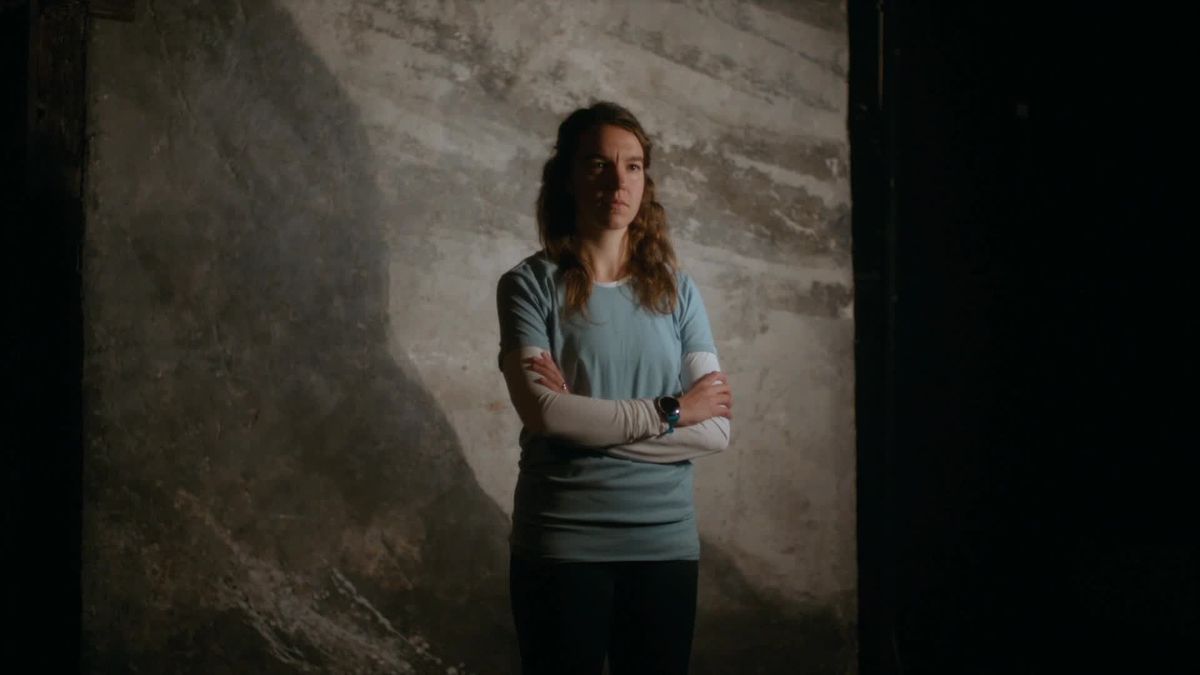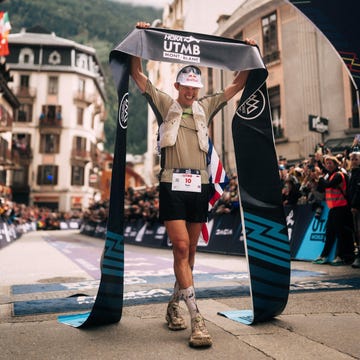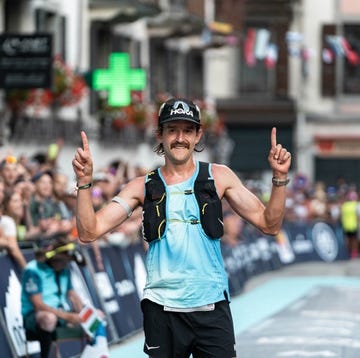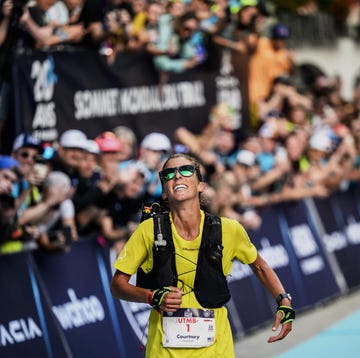PE at primary school wasn't much fun for Karé Adenegan. Born with diplegic cerebral palsy, which affects the lower limbs and mobility, she was confined to a wheelchair, and this saw her largely excluded from activities.
‘It was really hard,’ recalls the Coventry-based 23-year-old.‘ A lot of the time when my peers were doing PE, I’d pretty much just be watching them. Sometimes, the teachers would try to get me involved, but often it was things like, “Can you watch and pick out who’s the best at something?” It was difficult.’
A year into secondary school, everything changed. It was 2012, and watching those with similar disabilities to her glide around the track at the London Paralympics in front
of a tumultuous stadium lit a fuse. ‘It was just incredible,’ she says. ‘I really didn’t see elite sport as something that I could do before then. London was the turning point.’
What everyone's reading
Within three years, Adenegan was competing for the senior Great Britain team, winning a brace of bronzes as a 14-year-old at the 2015 IPC Athletics World Championships in Doha in the 400m and 800m in the T34 classification. These were the first of 10 major medals she’s since stockpiled. It’s an extraordinary haul, yet none have been gold – and for that the blame must be placed on a certain Hannah Cockroft, her GB teammate and one of Britain’s most successful athletes. If Adenegan is bitter, she does a good job hiding it. The picture that emerges is one of a robust but cordial rivalry. ‘I’m grateful [for all the silvers and bronzes], but obviously as an athlete I’m always wanting more,’ she says. ‘It keeps me hungry, keeps me training hard and wanting to push to get closer to that gold.’
Her respect for Cockroft is unbounded, she says – the older woman’s presence making her a less-decorated athlete, but also a better one. ‘I’ve always looked up to Hannah. The things that she’s done in our classification are just amazing,’says Adenegan. And there is one upside to lining up against Cockroft in major championships, as she’ll do in both the 100m and 800m in Paris. ‘Whether I win or not, I generally get to hear the national anthem!’ she says, laughing.
The ejection of the T34 400m from the Paris roster – the event in which she won bronze in Rio – lends a lopsided feel to her two events. It’s an illustration of the administrative chopping and changing that para athletes have always had to endure, and something Adenegan diplomatically labels as ‘a bit strange’. Having to combine the shortest sprint with a middle-distance event presents challenges in training, too.
‘I need speed and power but also endurance,’ she says. For this, she follows what she calls a ‘hybrid’ approach to training – gym sessions to build strength; indoor roller sessions [placing her wheelchair on a device similar to a bike roller]; and lots of work on her starts. ‘Get off the line well in the 100m and the rest of the race tends to sort itself out,’ she says.
Much has changed in para sport since those unenlightened school days, not least in wheelchair tech. The OT FOXX – an ultra-light carbon wheelchair with 3D-printed components – is the most sought-after current model, though Adenegan is sticking with her aluminium chair for now. But the picture isn’t entirely rosy. ‘I hear continually about kids who still aren’t being included in PE, so it’s still an issue for sure,’ she says. ‘I talk about this so that others are aware – and hopefully to push teachers all over the UK to do better.’














